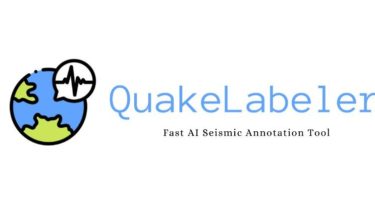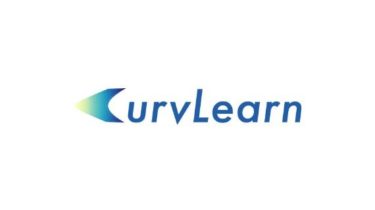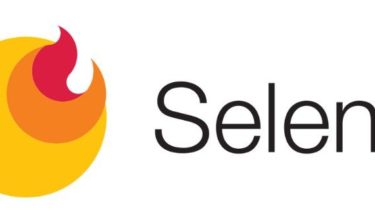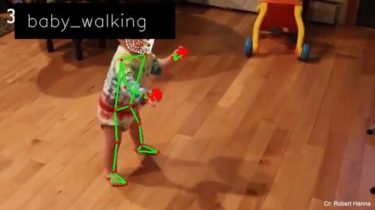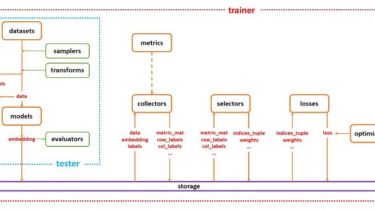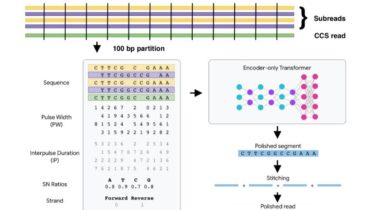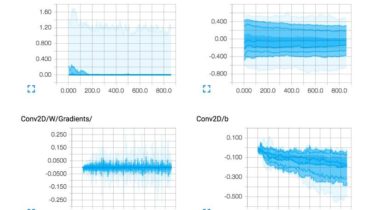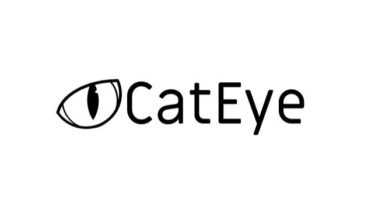A Python package to create and manage your seismic training data, processes, and visualization in a single place
QuakeLabeler Quake Labeler was born from the need for seismologists and developers who are not AI specialists to easily, quickly, and independently build and visualize their training data set. Introduction QuakeLabeler is a Python package to customize, build and manage your seismic training data, processes, and visualization in a single place — so you can focus on building the next big thing. Current functionalities include retrieving waveforms from data centers, customizing seismic samples, auto-building datasets, preprocessing and augmenting for labels, […]
Read more